Isonokami Shrine, the Shrine of Swords
As Japan’s very first government was made in Nara, there are plenty of Japanese history in Nara that predates as far as the country was made. One such example is Isonokami Shrine [石上神宮]. It is an ancient shrine that played a major role in ancient Japan. In addition to the shrine’s historic value, its unique architecture and its rare wari-haiden, make it one of a kind.
Shrine Grounds
Since we were going to walk on Yamanobe no Michi trail, we arrived at Isonokami Shrine quite early, but there were already a lot of people there.
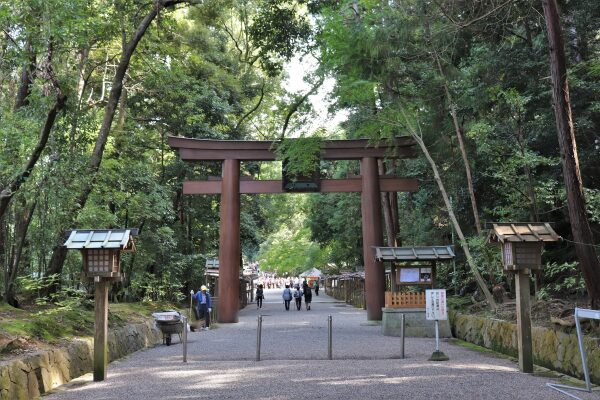
Once you enter Isonokami Shrine, you will see (or hear) chickens happily walking about. In Isonokami Shrine, there are as many as 30 chickens freely walking around the shrine ground.
Actually these chickens were not always here, but were donated to the shrine in 1970. Some of them are very tame and even walk with you, or guide you around the shrine.
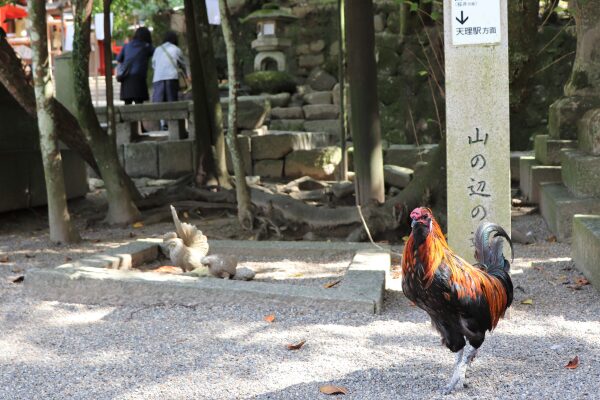
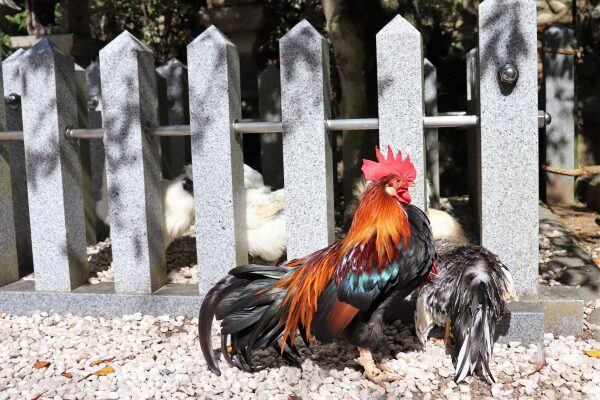
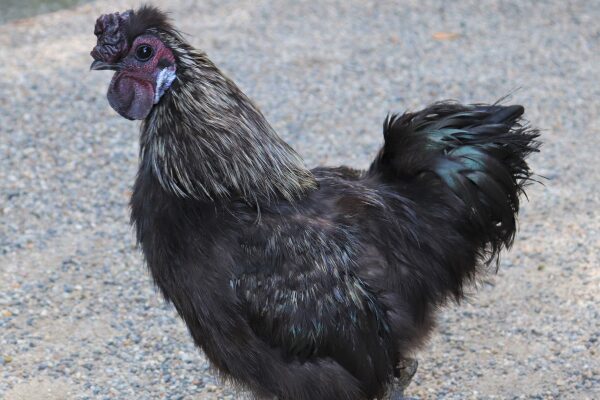
Honden and Haiden of Isonokami Shrine
Isonokami Shrine enshrines three gods possessed by mythical swords, namely Futsu no Mitama no Okami, Furu no Mitama no Okami, and Futsushi Mitama no Okami.
Futsu no Mitama no Okami is possessed by the sword, Futsu no Mitama no Tsurugi [布都御魂剣], which the god Takemikazuchi used in the battle against Okuninushi, and Emperor Jinmu also used to his journey to Kansai.
Futsushi Mitama no Okami is possessed by the sword, Totsuka no Tsurugi [十束剣] , which Susano-o used to slay the eight head dragon, Yamata no Orochi.
Futsuhi Mitama no Okami is possessed by Ten Kinds of Treasure [十種神宝], which Nigihayahi brought from the heaven on behalf of Amaterasu no Omikami.
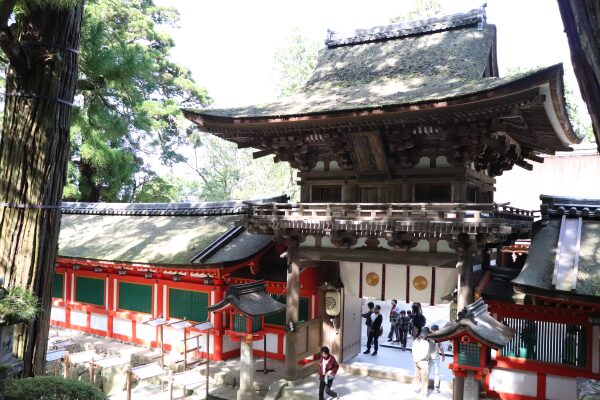
Originally, this shrine did not have a honden at all. Instead, they worshiped a little hill where the sacred swords were buried.
However, in Meiji Period, the head priest deiced to excavate the sacred hill. Inside the hill, he found many sacred and legendary swords. Today, the shrine’s honden enshrines the gods residing in those mythical swords.
TheThe haiden of Isonokami Shrine was built in the Kamakura Period, which is one of the oldest in the country, so of course, it is a Japanese National Treasure.
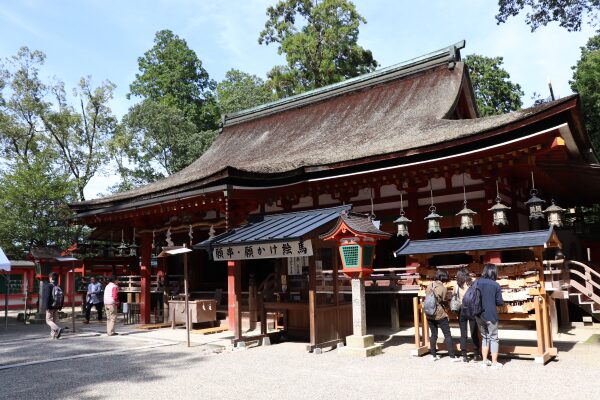
Points of Interest
Izumo Takeo Shrine
In the shrine ground, there is a littel shrine called Izumo Takeo Shrine. Since it is a little shrine, not many people pay attention to it.
Surprisingly, the haiden of this shrine is another Japanese National Treasure at Isonokamu Shrine. The haiden is special because it is a wari-haiden, which is a divided haiden with an open corridor through the middle. This wari-haiden dates back to 1147 and was originally part of a nearby temple.
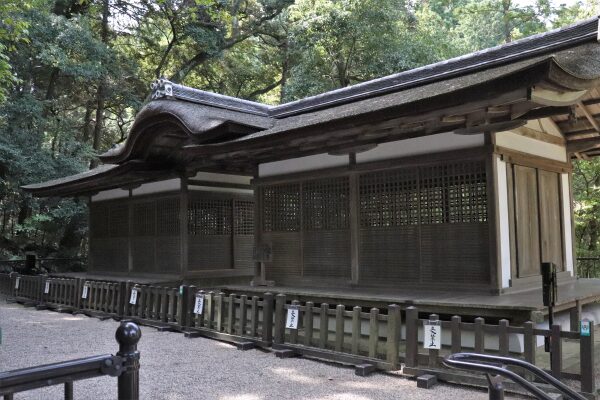
Wari-haiden are very rare, and in fact only two of the few remaining wari-haiden in Japan are Japanese National Treasures. These two haiden are this one in Isonokami Shrine, and Sakurai Shrine in Sakai.
Information: Isonokami Shrine
| Address |
Furumachi 384, Tenri City, Nara Prefecture
|
| Website |
|
| Getting To |
The closest stations to Isonokami Jingu are either the Kintetsu or JR Tenri Station. Since the Kintetsu service is more frequent than JR, it might be better to take Kintetsu. It takes roughly 20 minutes to get to Tenri Station from Nara, and keep in mind that you have to change trains at Yamato Saidaiji for Tenri. Once you get off at Tenri Station, you have to walk 30 minutes to the shrine. There is a shopping street that goes from the station to near the gate of the shrine, so you won’t lose your way.
|
| Hours |
dawn to dusk
|
| Admission |
Free
|
| Note |
Also, since Isonokami Shrine is located on the Yamanobe no Michi trail, many people drop by Isonokami Shrine before following the trail all the way to Omiwa Shrine.
|

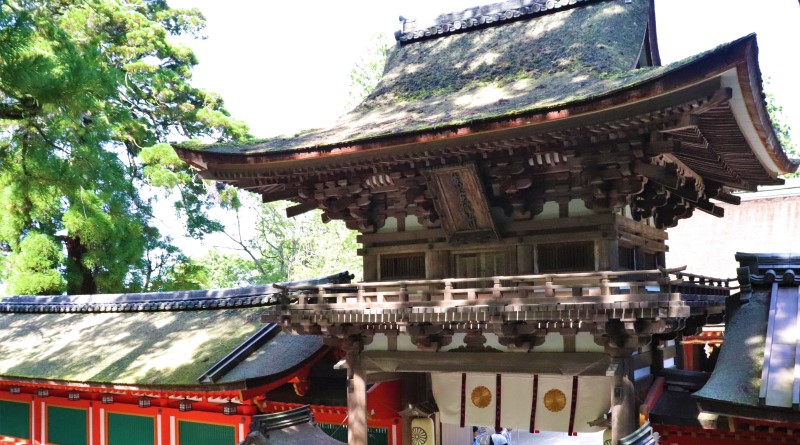
Leave a Reply